I’m not a superstitious person but I am currently looking over my shoulder rather warily… One day last week, AFP’s finest Findlay Kember had a temperature of 105 and at dawn, annoyingly, started shaking like a leaf. Somewhat perturbed by this, his wife, the lovely Athing, managed to stumble in the dark to my door for assistance whereupon I went and gave him a stern talking to for disturbing us both. In the process, she managed to fracture a bone in her foot… The two patients are pictured here in their lovely room in Delhi’s Max Hospital, Saket.
Category: Blog
I have the pleasure to report that on a recent assignment back in Delhi, I again sampled the delights of the Indian Coffee House on Baba Karak Singh Marg that I wrote about some time ago. Despite the threats to it’s existence, it seems in rude and shambolic health and I can attest to the power of it’s rather watery coffee and good conversation. I whipped in for an hour, as usual after shooting something else and the general opinion from the clientelle was, “… Close? Over my dead body…”.
In a packed hour, I met a man called Achilles, was lectured on peace in Nagaland and inevitably answered the question ‘from which country are you from’. I answer as always, ‘not Australia’ (many people take my strangulated East London drawl to be from the Outback for some reason…).
Anyway, here’s some quick pictures:
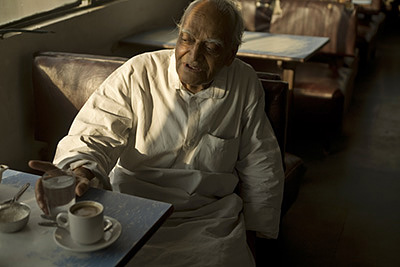
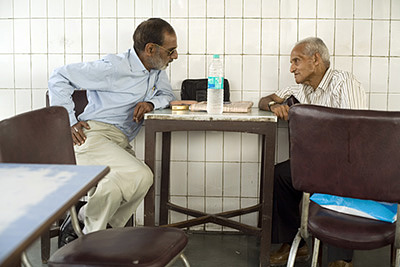

… is a pretty good place to spend a week doing nothing but eating, drinking and reading. On the rare occasions that I ventured out this is what I saw…
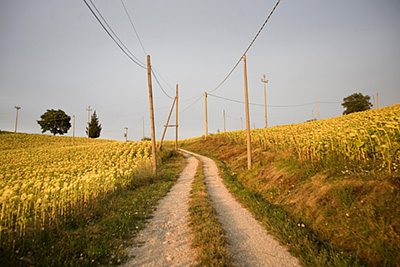
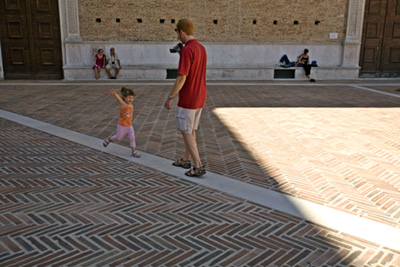
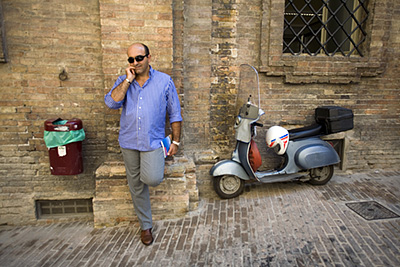
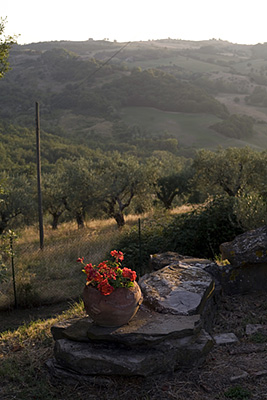
It’s been some weeks since the lives of two of the world’s oldest men came to a close. I’ve been out of the country a good deal recently and missed the chance to comment on Henry Allingham and Harry Patch, both veterans of ‘the war to end all wars‘. However, this morning, I noticed that the Hackney Gazette carried a story that Hackney Council is going to name a street after Allingham as he was born, like me, in Clapton.
I never met Allingham but I photographed Patch years ago for a Swiss Magazine whose name I’m afraid escapes me. Without criticism, it was Patch, buried without the military pomp that intrigued me more.
What stuck me about him was that he was a very, very ordinary man that by dint of a genetic fluke had lived on to become, very reluctantly, a living symbol of the Great War. An everyman. The Last Tommy. He seemed to me almost guilty about surviving and I suppose that isn’t uncommon for veterans who have seen their comrades fall. What was extraordinary was that he never spoke about the war until he was 100. When he did speak about it, it was to condemn utterly the futility and cruelty of what he had seen. I remember him, rasping in a soft, slow West country burr, how when he and his comrades were forced to open up on advancing Germans, they’d made a pact to try and shoot for their legs in order to avoid killing them. That to me seemed absurdly brave. His criticism of war (recently enshrined in a tribute by the band Radiohead) was no less telling. ‘Give your leaders each a gun and let them fight it out themselves…”.

nb. The title refers to a line from Carol Anne Duffy‘s poem, ‘The Last Post‘ and is a reference to Wilfred Owen‘s quoting of Horace‘s words, “Dolce et Decorum est pro paria mori” (“It is sweet and fitting to die for one’s country”).
I was in Oxford last week interviewing the rather wonderful Janine Benyus for an article on Biomimicry. Fascinating woman and terribly helpful. I was a little early for my return train and wandered into a book shop and noticed this: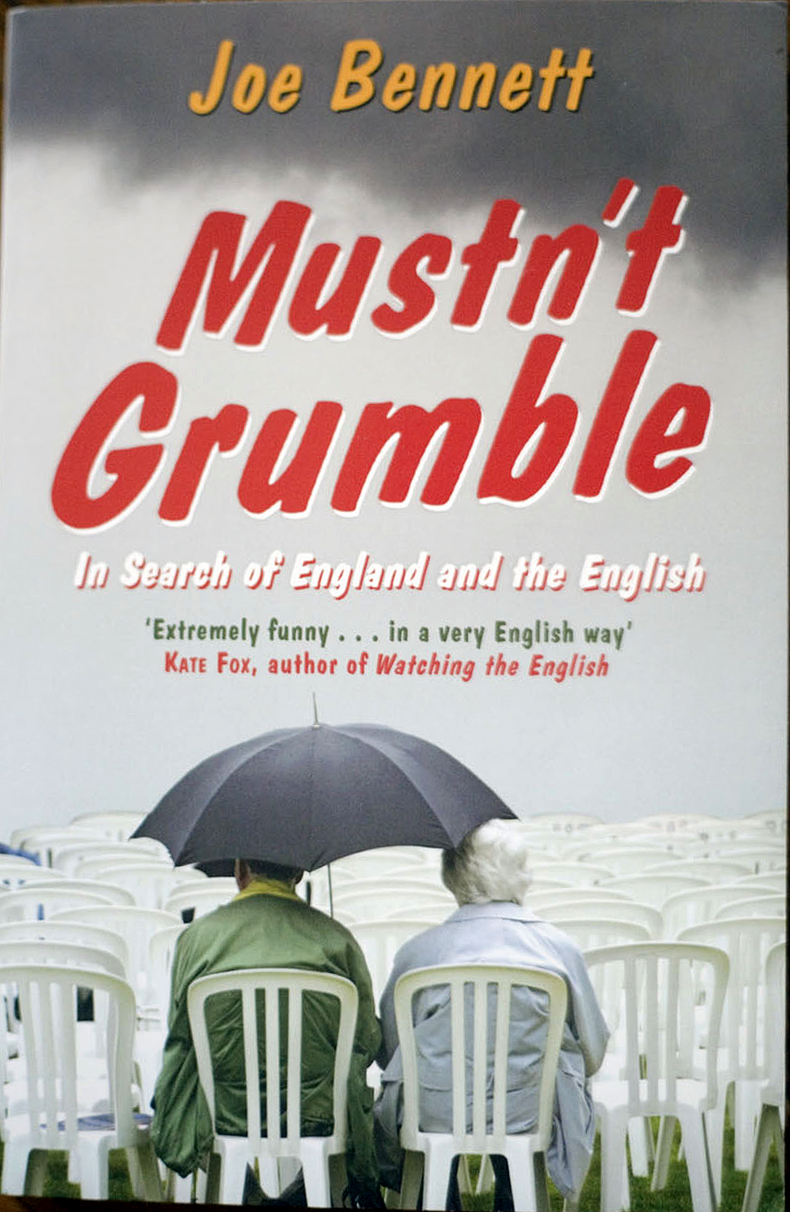
“Terrible typeface, but the picture’s sort of… hang on… it’s one of mine”. It’s an image that I took on assignment for the Telegraph travel section years ago at a fete in deepest, darkest Dorset and has been languishing, digitised and unloved in a library for years. Never appeared on a sales report or a statement. This kind of thing happens rarely but is very annoying when it does. So I’ve had to waste a bit of time this week chasing it. Funnily enough, yesterday I discovered yet another use of one of my images on a commercial blog. One swift phone call to a sheepish webmaster and it’s been removed. Now, one of the most frustrating things about the internet is that sometimes people don’t understand or care what copyright or licensing means. It seems a whole generation of people seem to think that intellectual property should be free. Well, that’s great until you are trying to make a living out of it. I frequently search for my images online just to check. It’s amazing what turns up. There are commercial programs out there that allow you to search more thoroughly and I might try some. I know that Tineye is used by a few people and I might just have a look myself.
Anyway, I just love the delicious irony that a book called ‘Mustn’t grumble’ has my picture on the cover. It’s so unlike me to moan…
I’ve been associated with Delhi in one way and another almost fourteen years. I’m sometimes based there for months on end and, although it is perhaps one of the most frustrating and brutal cities I can think of, I find endless fascination with it. Like London, Delhi is a palimpsest of perhaps nine, perhaps more cities built, destroyed and rebuilt. It’s usually recorded, with some notable exceptions (and again) as unknowable and unloveable. Choked with people and displaying more violence than India would like to admit, journalists tend to concentrate on its chaos poverty and pollution. I’ve done those pieces myself, most recently a film for More4 News about Water in the city that you can see here. But Delhi is certainly more than that. During that film I was working in Kusumpur Pahari, a thirty year old slum or jhuggi cluster. The slum is entirely illegal but is home to thousands of people. Some have rather nice houses and of course some have tried to beautify them as best they can. Many have little flat roofs where they have gardens made of pot plants. It struck me that this didn’t really fit with the poverty stricken Dickensian idea that we in the West have of helpless slum-dwellers and I started to photograph them. That led me onto an as yet unfinished body of work about imaging Delhi in a different way. I wanted to look at Delhi’s relationship with Gardens and space and so for the last couple of years have been trying to photograph not only the acres and acres of green space in the city but crucially in such a crowded conservative place, people’s relationship to it. A couple of weeks ago I was approached by Fabiano Busdraghi who publishes online the small but beautifully formed Camera Obscura magazine/blog. He asked me if I’d write something and I immediately thought of this project. You can see the piece, The Gardens of Delhi – Public Spaces, Private Lives, here. I hope that you enjoy it.
The text on the Camera Obscura site is pretty explanatory about the project so I won’t bang on about it here. Instead, here are some more images that I like from it.
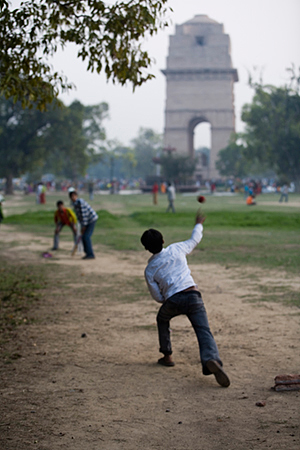

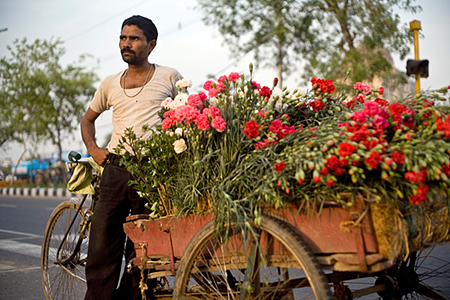
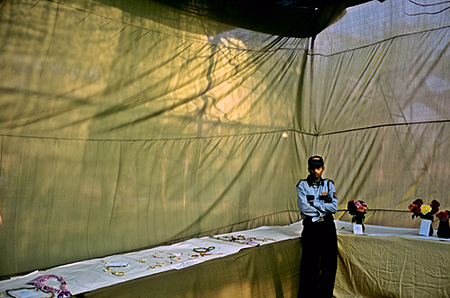

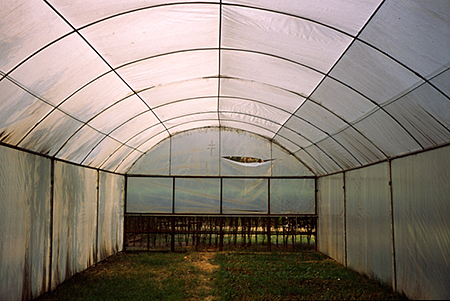
I write this in Budapest airport after surviving a three hour onslaught of a hangover and my driver’s taste in Hungarian rock classics.
Budapest is one of my favourite cities but I’ve seen nothing of it save for its grim industrial suburbs as I’ve been on a job-ette in Pecs (pronounced ‘Peych’) for the last few days.
Pec is (one of) The European City of Culture 2010 and can rightly claim this title as it has more museums and modern art than can be good for any place this size.
I have to say that despite a couple of days of obligatory rain, Pec was a delight from start to finish. It didn’t even matter that the main square was being dug up and lots of the buildings were being renovated, there was more than enough Baroque and Art Nouveau to spare. The renovations did make establishing shots a little tricky mind you…
As luck (or sublime planning…) would have it there happened to be a cultural festival on during my stay and this seemed to bring out the best in what I’ve found to be quite reserved Hungarians.
The town itself is a bit of a mixture, settled by Romans and invaded by the Ottomans. It has a Mediterranean style to it that I wasn’t expecting. I wasn’t expecting it to be so close to Croatia either. It was a little strange on the second day in when the waitress (who doubled as the breakfast cook in my little pension) told me that she was born right on the border and that she spoke both Croat and Hungarian. She also managed a more than passable German and English which was handy as Hungary has the most impenetrable tongue possible, related only it seems to Klingon…
Elena’s heritage suddenly jolted me right back to 1991 and I suddenly realised in one of the moments that make you go cold, that I’d been there before.
That year saw me, barely able to make a picture, ship off to Croatia with a borrowed Vietnam-war flak jacket. My memories of exactly how I got to Zagreb are hazy but I remember crossing the Hungarian border by train and I think that I came through Pec… What I do remember is just how confused I was. I can now, nearly two decades on, hardly believe that I went. I knew precious little about the situation and even less about how to operate. I was there I think for a few weeks and I stayed on in Zagreb with a chap called Paul Jenks, a British photographer, recently graduated from photography school who’d come to make the war his own. A few weeks after I left, Paul was murdered by a sniper. It was a salutary lesson for me. For a start, it could have been me and also, we’d not parted on the best of terms. Paul was as driven as I was to succeed in his new profession but hadn’t taken kindly to me telling him that he was working too hard. There wasn’t an argument exactly but my (genuine) concern seemed to stir something in him and I took it to be a signal to leave the place and come home. I thought about Paul a fair bit in Pecs… memory is a strange thing. Like the town itself that had absorbed so many cultural memories (Hungarian, Croatian, Turkish, German) I suppose that we are a mixture of all of ours simultaneously.
Having talked about my negative memories, I have to say that it’s always lovely to be able to walk around and make pictures without hassle (ie like anywhere in the UK) and a folk festival proved ample opportunity to juggle sausages, beer and cameras whilst trying to frame things.
Pecs is looking forward to an investment of around $220m which will be used to rebuild some of the more run down areas and there are cash incentives for building owners to renovate their properties. Literally hundreds of cultural events are lined up for the next twelve months.
I’m sure it’ll be a great year…
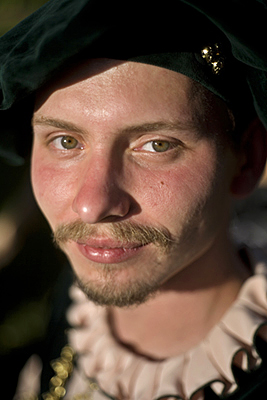

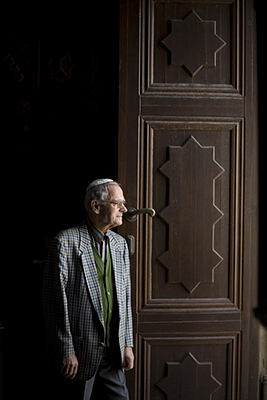
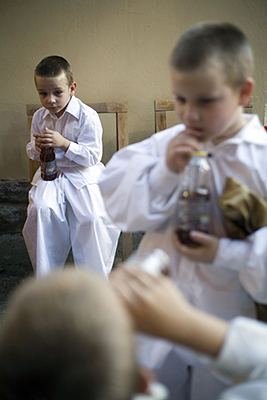

And finally, how can you possibly fail to like a place where they iron their bread?
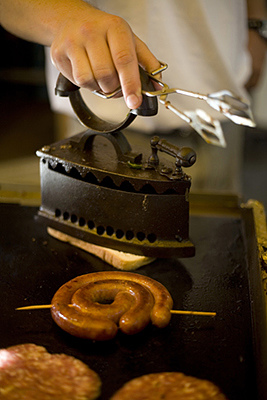
I’ve been out of the country working for the last week (more on that another time) but came back to find that the Times had run a picture of mine in their newspaper and online. It was from a set of images on that was originally commissioned late in 2007 for a book, UK at Home.
I had three assignments for the book – one in London at the Tyburn Convent – which was, despite sounding rather dull, was an absolute scream (never underestimate Nuns having fun…), and two in Norfolk. One of the Norfolk ones was to illustrate poor Diana Wrightson whose home in the pretty village of Happisburgh was falling into the sea because of coastal erosion and that’s the one the Times ran.
She’d been a little tricky to get hold of and by the time we’d met at the house in the late afternoon, the light had gone. I checked into a hotel and made my way back there the following day at dawn. As soon as I got there however, I was treated to a fog bank rolling in. I ran down to the beach but because her mobile phone couldn’t get a signal, I had to keep calling her land line (so she had to keep running inside) and as soon as I finally got her into position with tea cup and looking out to see, the fog really came down. I perhaps managed three or four frames. As I was packing up, I took a step backwards on the beach without looking and went almost waist deep into a hole filled with sea water. I knew I only had one change of clothes with me and I was due on another job across the county within a couple of hours. As I turned around though, despite being soaked and furious I saw just how lovely the beach was in the fog and the frames that I took are below…

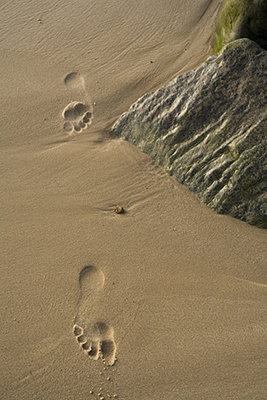
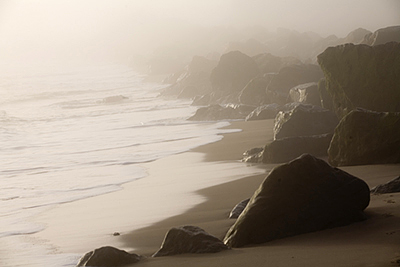
I sat for the next hour in this poor woman’s living room wrapped in a towel while she dried my clothes and cooked me a bacon sandwiches, amazed how resigned and calm she was to the fate of losing her home and her savings.
I hope that she is still resilient.

It’s with great sadness that I read yesterday in The Times of India that the cafe on Baba Karak Singh Marg is going to close. The Delhi Walla blog has the full story with pictures here.
A strange little place, it was always a haven of quiet away from the tourist throngs of Connaught Place and was never, despite being in a couple of guidebooks a place where many travellers went because thankfully, they couldn’t find it. I was introduced to it maybe a decade or more ago and always made a point of hanging around there between assignments or when I felt the need to come into central Delhi. Tucked away on the roof of a rather downbeat shopping complex it was the kind of place that you had to know was there. The roof ‘garden’ was of course covered in dust and smog but it but it had lovely views if rather awful coffee. The regular clientelle was composed of distinguished older Indian gentleman who’d gather to read the papers and argue about the topic of the day. When I turned up I was usually ignored as it was assumed I was lost and my appalling Hindi seemed only to confirm the fact that I was an idiot. It didn’t matter and I loved it. The staff, unfailingly polite, would always deliver a very ‘masala’ masala dosa which required a second cup of coffee to soothe the heat of the chillies. I unfortunately never tried the ‘humbergers’ nor the milk shakes but I am sure that whatever their culinary achievement I would have enjoyed them.
The coffee shop for me was Delhi – a Delhi that for better and worse is disappearing fast. The place evoked a gentler, simpler time and a city where people read large newspapers, where motor cars (…any car so long as it’s a white Ambassador) were a rarity and the bicycle was what people rode to work. I’ve written before about not romanticising India but there seemed something about the place that actually spoke to me of a bygone London: the (then) chic shopping area, the red velour interiors of Connaught Place’s United Coffee House (now revamped) and the Embassy. A time where you could cross the road in Delhi without being killed.
The whole saga reminds me of the slow death of one of my favourite places in London, The New Piccadilly. I could write a whole piece about the ‘Cathedral of Cafes’ as Adrian Maddox would have it but suffice to say, despite all best efforts, the developers got their way and it closed. I can only recommend the Classic Cafes website and its book as a homage to past glories. Suffice to say there are few places now in London where you can drink a cup of tea and just think without listening to ‘muzak‘ and enduring overpriced coffees sold in incomprehensible sizes as ‘grande’ or ‘tall’. Coincidently, I read today in the Daily Telegraph about a Californian software engineer on a mission to visit every Starbucks in the World. Well good luck with that: I’m still holding out for a world that isn’t based on a greedy corporate propoganda that sucks the individuality and taste (both literal and metaphorical) out of every attempt at difference in order to leverage the last drop of profit.
Tea stains, cigarettes, chipped cups, formica, worn seats, warmth on a cold day, company, a sense of history, courtesy, civility, conversation, ideas. But I digress…
Back in Delhi, the The Times reports Head Waiter Gopal Singh as saying, “If this place closes, our families will land on the streets. If it’s true that rent has not been paid for years, we are willing to pay 50% of our salaries if that will help”. Delhi is a brutal city and I don’t doubt for a second that that would happen.
I never photographed the Coffee House in Delhi, it somehow always seemed like a little bit of home and a liberty to start taking pictures. I retired there sometimes after photographing at the Flower Market on Baba Karak Singh for my project on Delhi. It’s an image from that set that I leave you with.
I wish all those at the Coffee House my best and my sincere gratitude (I was that heavily sweating firangi with the cameras…). Shukriya.
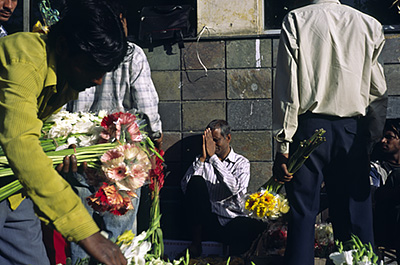

Ps… if you want to find rather wonderful places to eat in Delhi you could do worse that seek out Hemanshu Kumar and his fantastic blog, Eating out in Delhi
A friend of mine, Sion Touhig who has been staying with me, showed me the most fantastic blog the other day called Afrigadget. It’s a website dedicated to showcasing African ingenuity and I thought it was great. It shows home made projects like self-made phone chargers and an alternative use for a video drop box (an oven…). Apart from the fact that it makes one realise just how useless we are in the West in terms of even the most basic recycling, it puts us to shame in actually how much we have and how little we value it. Now, as I’ve said in a previous post about India, I’m not a romantic about the Developing World: far from it. There’s nothing lovely about disease and hopelessness but there does seem to be a ingenuity that I’ve always admired when I work in these places. It isn’t to do with a quaint notion of pre-industrial harmony, it’s more that if you don’t adapt, you will die.
Over the years, I saw a great deal of hopelessness in Africa: failed states, starvation and a fair few people that were intent on killing me (sorry, I don’t have any picture links for that…). Despite this, I always saw that ‘can-do’ spirit that Afrigadget showcases. I started to work on stories along a theme of a French word – débrouillardise – which sort of translates as the ‘art of getting by’ or resoucefulness. As an aside, it’s entirely ironic of course that here we are in the grip of potentially the worst economic crisis to befall capitalism since the Great Depression and we might soon be having to take a leaf out of the book of the very continent that we raped and pillaged for our own advancement.
Anyway, one of the stories that I worked on was about blind farmers in Ghana. I called it ‘To See a Small World’.
For about ten days I lived with Anafo and his wife, Asumpaheme in a hut in their village near Arigu, northern Ghana. I had a rather nice time despite being an object of intense curiosity from all the locals and, having I remember, to borrow a cooking pot from the nearby school teacher’s wife … The brutal reality of River Blindness or Onchocerciasis was of course sobering. To be a farmer in Africa is a struggle that I wouldn’t wish on most people. To be a blind farmer seems almost impossible. In spite of everything, the family managed to just get on with it.

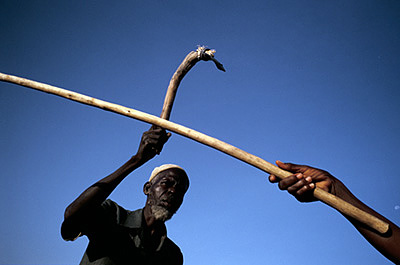
and my particular favourite:
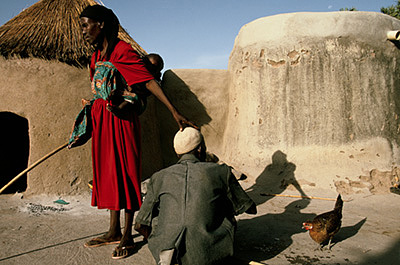
The full text of my piece is here
Before I forget the point of this whole story, it’s simply this: Anafo gave me some rope. It was his ‘afrigadget’, his way of leveraging a few extra pennies at the market from what he could find around him. Here’s a picture of him making some:
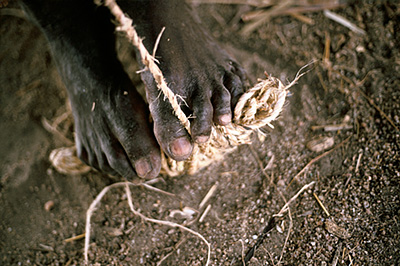
and here’s a picture of the same rope on my kitchen table. It’s one of my favourite ‘things’ in the house. Certainly one of the most treasured.
